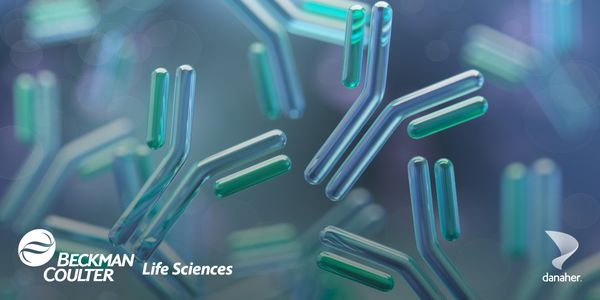Human Genome Analysis
The ENCODE and modENCODE consortia have generated a resource containing large amounts of transcriptomic data, extensive mapping of chromatin states, as well as the binding locations of >300 transcription factors (TFs) for human, worm and fly. We performed extensive data integration by constructing genome-wide co-expression networks and transcriptional regulatory models, revealing fundamental principles of transcription conserved across the three highly divergent animals.
In particular, we found the gene expression levels in the organisms, both coding and non-coding, can be predicted consistently based on their upstream histone marks. In fact, a "universal model" with a single set of cross-organism parameters can predict expression level for both protein coding genes and ncRNAs. Carrying out the same type of "predictions" for TFs, we found that information in their binding is more localized to near the TSS region than that of histone marks but is largely redundant with that of the marks.
Surprisingly, only a small number of TFs are necessary in the models to successfully predict expression (e.g. ~5 of the >1000 in human).






